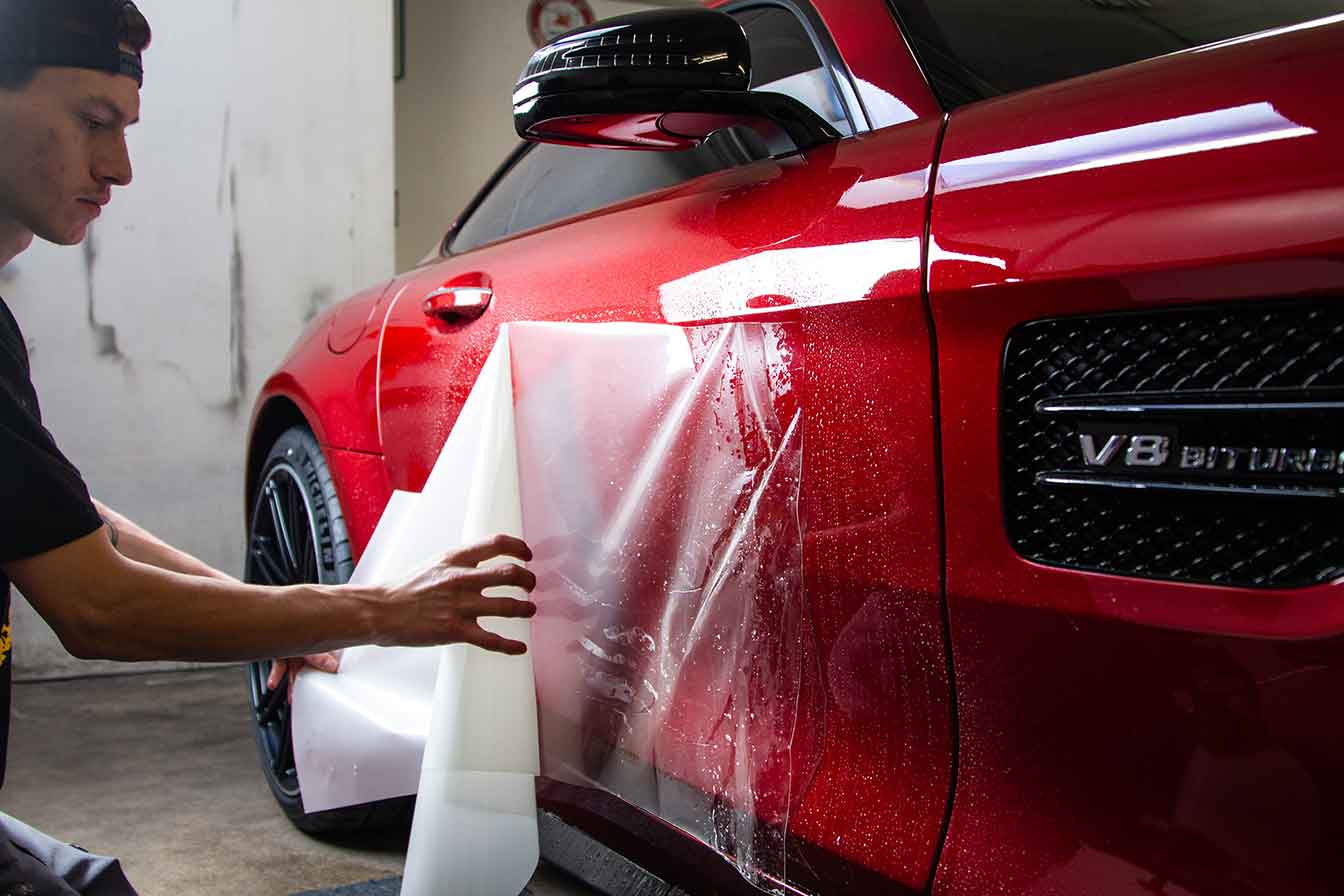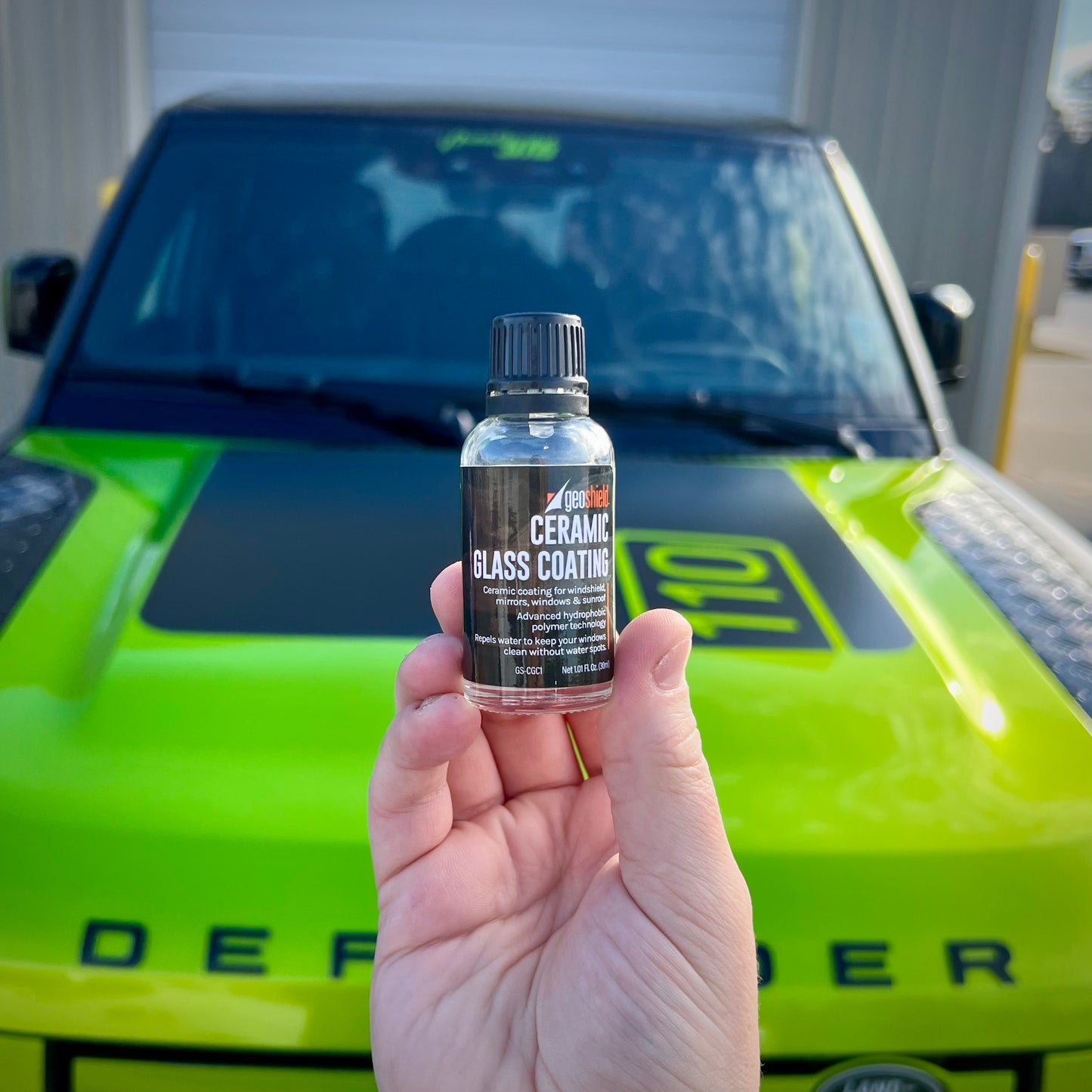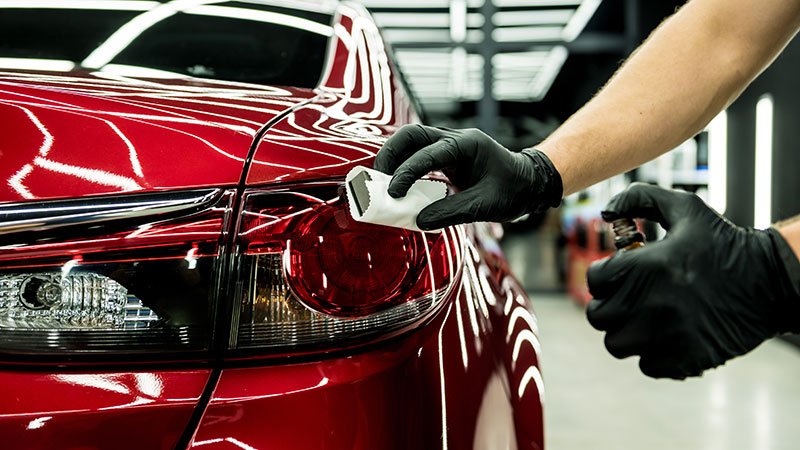Transform Your Car's Look with Ceramic Coating Philadelphia Professionals
Transform Your Car's Look with Ceramic Coating Philadelphia Professionals
Blog Article
Why Ceramic Finish Is the Ultimate Remedy for a Remarkable Complete
Ceramic finish has actually emerged as a leading service for those seeking a remarkable finish for their vehicles, many thanks to its exceptional sturdiness and protective functions. What elements genuinely established ceramic finishing apart?
What Is Ceramic Finishing?

When applied appropriately, ceramic covering produces a hydrophobic surface area that drives away water and dust, making it simpler to clean up and maintain. Unlike standard waxes or sealers, which commonly offer short-term defense, ceramic coatings can last for a number of years, relying on the item top quality and application method. The procedure of applying ceramic finishing requires meticulous prep work, consisting of comprehensive cleaning and in some cases paint modification, to make certain optimum bonding and effectiveness.
Ceramic finishings are not restricted to auto surface areas; they can likewise be utilized on various products, consisting of glass, metal, and plastics, supplying a flexible remedy for boosting protection. On the whole, ceramic covering stands for a considerable improvement in surface defense technology, incorporating both visual and useful benefits for a vast array of applications.
Benefits of Ceramic Layer
While several surface protection alternatives exist, the advantages of ceramic finishing stand apart as a result of its distinct residential properties and durable efficiency. One of the key advantages is its extraordinary resilience. Ceramic Coating Philadelphia. Unlike typical wax or sealers that require regular reapplication, ceramic coatings supply a resistant layer that can last for a number of years, significantly decreasing upkeep initiatives
One more notable advantage is enhanced protection versus environmental pollutants. Ceramic coatings produce a hydrophobic surface area that fends off water, dirt, and numerous pollutants, making it less complicated to clean. This attribute not only protects the vehicle's appearance however also reduces the risk of rust and oxidation, especially in extreme weather.
In addition, ceramic coatings provide exceptional resistance to UV rays, stopping fading and destruction of paint with time. This UV defense is essential for preserving the visual worth of lorries and surface areas subjected to guide sunlight.
Additionally, the glossy finish attained with ceramic covering improves the total aesthetic allure, offering surface areas a showroom-quality sparkle. On the whole, ceramic coatings represent a significant improvement in surface area defense innovation, offering long-lasting advantages that deal with both aesthetic and functional needs.
Just How It Works
Understanding the scientific research behind ceramic coatings reveals just how they give such impressive defense and long life. At its core, a ceramic covering is a liquid polymer that chemically bonds with the vehicle's factory paint.
The application procedure entails several steps, consisting of surface area preparation, which is important to accomplishing optimum adhesion. When applied, the coating goes through a healing procedure, during which it solidifies and creates a semi-permanent bond with the paint surface area. This bond is what differentiates ceramic coverings from typical waxes and sealants, providing a longer-lasting protective barrier that can withstand for many years.
In addition, the density of the layer can enhance its safety top qualities, making sure that it can endure rough conditions. Eventually, the scientific research of ceramic finishings combines advanced materials with ingenious application strategies to deliver an unrivaled degree of protection and aesthetic enhancement for automobiles.
Comparison With Conventional Approaches
The advantages of ceramic coverings end up being especially obvious when compared to conventional paint security approaches such as waxes and sealers. While waxes provide a short-lived sparkle, normally lasting a couple of weeks to a number of months, ceramic finishes supply a long-lasting protective layer that can withstand for several years. This durability considerably lowers the regularity of reapplication, making ceramic coverings a more discover this affordable remedy with browse around this web-site time.
In addition, standard approaches commonly need comprehensive prep work and numerous applications to accomplish a sufficient level of defense. On the other hand, ceramic layers bond at a molecular degree with the car's surface area, developing a durable shield against ecological impurities like UV rays, acid rainfall, and road salts. This bond enhances the vehicle's resistance to scratches and swirl marks, which prevail with standard waxes and sealants.
Moreover, the hydrophobic residential properties of ceramic layers push back water and dirt, leading to less complicated cleaning and maintenance. In comparison, wax and sealant-treated surfaces can bring in crud, necessitating more frequent cleaning - Ceramic Coating Philadelphia. In general, ceramic coatings not just offer superior protection however additionally provide a more long-lasting and visually attractive finish, developing them as the preferred choice for critical automobile proprietors
Application and Upkeep Tips

Making use of a foam applicator, use the layer in tiny sections, complying with the maker's standards relating to density and overlap. Allow sufficient curing time in between layers, normally 24-hour, to make sure appropriate bonding. After application, it is essential to avoid direct exposure to water or rough components for at the very least a week to allow the layer to completely cure.
Furthermore, making use of a ceramic upkeep spray can improve the covering's hydrophobic properties and address durability. Regular assessments for any indicators of wear will assist keep the finishing's integrity and protect that immaculate finish.
Verdict
In verdict, ceramic finishing arises as a premium alternative for attaining a remarkable auto coating. Its outstanding resilience, protective qualities, and hydrophobic residential properties significantly enhance the car's appearance while streamlining upkeep initiatives. By developing a robust bond with manufacturing facility paint, ceramic finish properly guards against scrapes, UV rays, and environmental contaminants. With a life-span expanding several years, this advanced service not only protects but likewise elevates the total aesthetic appeal of lorries, making it a cost-efficient financial investment for cars and truck fanatics.

Report this page